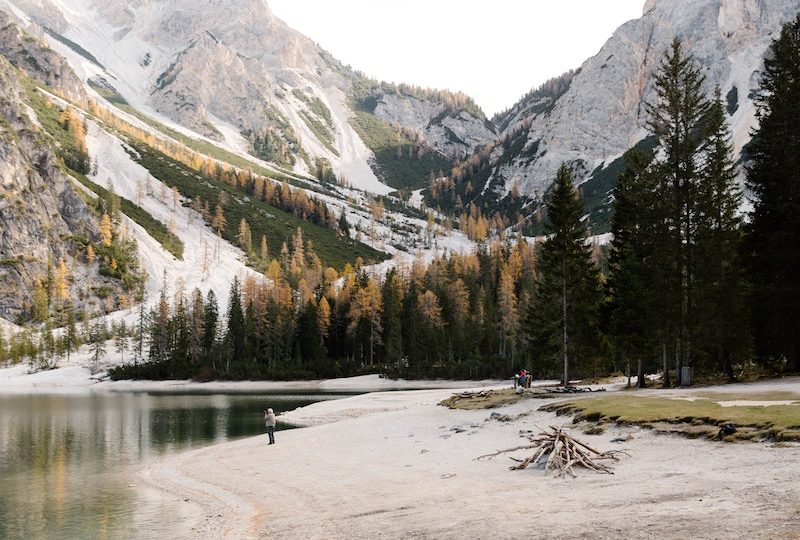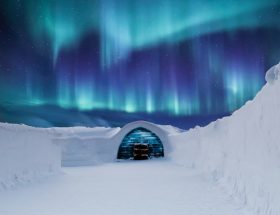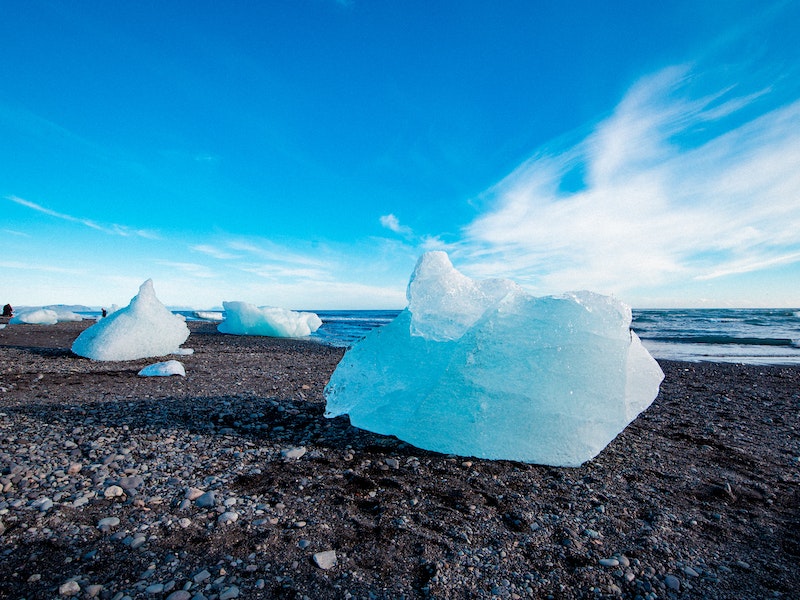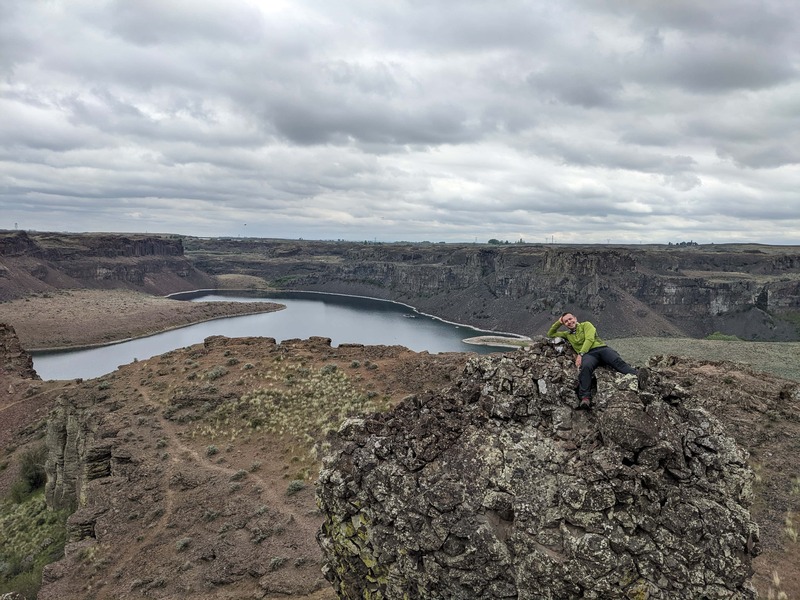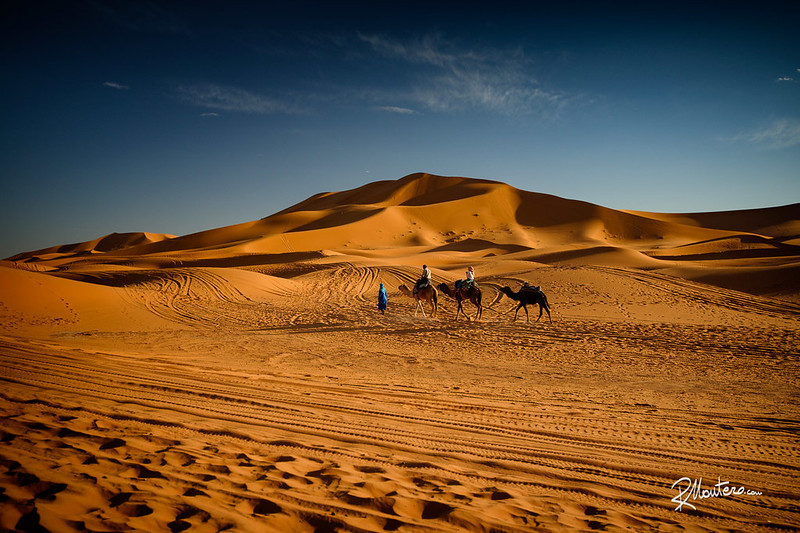The natural environment is a complex system of living and non-living things that interact with each other to sustain life on earth. It includes everything from the air we breathe to the water we drink and the soil we grow our food in. The natural environment is essential for our survival and the survival of all living beings on earth. However, human activities such as pollution, deforestation, and climate change have put the natural environment at risk. In this article, we will explore the importance of preserving the natural environment and provide a guide to sustainable living.
Understanding the Natural Environment
 The natural environment can be defined as the complex system of living and non-living things that interact with each other to sustain life on earth. It includes everything from the air we breathe to the water we drink and the soil we grow our food in. The natural environment is made up of various components such as the atmosphere, hydrosphere, lithosphere, and biosphere. These components are interdependent and interact with each other to maintain the delicate balance of life on earth.
The natural environment can be defined as the complex system of living and non-living things that interact with each other to sustain life on earth. It includes everything from the air we breathe to the water we drink and the soil we grow our food in. The natural environment is made up of various components such as the atmosphere, hydrosphere, lithosphere, and biosphere. These components are interdependent and interact with each other to maintain the delicate balance of life on earth.
Human activities such as pollution, deforestation, and climate change have put the natural environment at risk. The natural environment is under threat from human activities such as pollution, deforestation, and climate change. These activities have disrupted the delicate balance of the natural environment and are causing irreparable damage to ecosystems and wildlife.
Benefits of Preserving the Natural Environment
Preserving the natural environment is essential for our survival and the survival of all living beings on earth. The natural environment provides us with numerous benefits such as ecological, economic, and social benefits.
Ecological Benefits
The natural environment provides us with ecological benefits such as clean air, clean water, and fertile soil. The natural environment is essential for the survival of wildlife and biodiversity. It provides habitats for wildlife and is essential for their survival. The natural environment also provides us with natural resources such as timber, minerals, and fossil fuels.
Economic Benefits
The natural environment also provides us with economic benefits. It is a source of livelihood for many people around the world. The natural environment provides us with natural resources such as timber, minerals, and fossil fuels. These resources are essential for our economic development and growth. The natural environment also provides us with opportunities for tourism and recreation.
Social Benefits
The natural environment also provides us with social benefits. It is a source of inspiration and beauty. The natural environment provides us with opportunities for recreation and relaxation. It also provides us with a sense of connection to the natural world and to each other.
Sustainable Living: A Guide to Preserving the Natural Environment
Sustainable living is about living in a way that meets our current needs without compromising the ability of future generations to meet their own needs. It is about living in harmony with the natural environment and reducing our impact on the planet. Here are some tips for sustainable living:
What is Sustainable Living?
Sustainable living is about making choices that have a positive impact on the natural environment. It is about reducing our impact on the planet and living in a way that meets our current needs without compromising the ability of future generations to meet their own needs. Sustainable living is about living in harmony with the natural environment and reducing our carbon footprint.
Tips for Sustainable Living
Here are some tips for sustainable living:
1. Reduce, Reuse, Recycle
The three Rs of sustainability are reduce, reuse, and recycle. These three principles can help us reduce our impact on the planet by reducing the amount of waste we generate. We can reduce our waste by using reusable bags, bottles, and containers. We can also recycle paper, plastic, glass, and metal to reduce the amount of waste that ends up in landfills.
2. Energy Conservation
Energy conservation is another important aspect of sustainable living. We can conserve energy by turning off lights and appliances when not in use. We can also use energy-efficient light bulbs and appliances to reduce our energy consumption. We can also use renewable energy sources such as solar, wind, and hydropower to reduce our reliance on fossil fuels.
3. Sustainable Transportation
Sustainable transportation is about reducing our reliance on cars and other fossil fuel-powered vehicles. We can use public transportation, walk, or bike to reduce our carbon footprint. We can also carpool or use electric or hybrid vehicles to reduce our impact on the environment.
4. Sustainable Food Choices
Sustainable food choices are about choosing foods that are produced in a way that is environmentally sustainable. We can choose locally grown, organic, and seasonal foods to reduce our carbon footprint. We can also reduce our meat consumption and choose plant-based foods to reduce our impact on the environment.
5. Sustainable Consumer Choices
Sustainable consumer choices are about choosing products that are produced in a way that is environmentally sustainable. We can choose products that are made from recycled or sustainable materials. We can also choose products that are produced in an environmentally friendly way.
The Role of Individuals in Preserving the Natural Environment
Individuals have an important role to play in preserving the natural environment. We can make choices that have a positive impact on the environment. We can reduce our carbon footprint by making sustainable choices in our daily lives. We can also advocate for policies that protect the environment and reduce our impact on the planet.
Challenges to Preserving the Natural Environment
Preserving the natural environment is not without its challenges. There are many obstacles that we face in our efforts to preserve the natural environment. These challenges include human behavior and attitudes, political and economic obstacles, and technological challenges.
Human Behavior and Attitudes
Human behavior and attitudes are a major obstacle to preserving the natural environment. Many people are unaware of the impact that their actions have on the environment. Others may be aware but are not motivated to change their behavior. Changing human behavior and attitudes is a major challenge in our efforts to preserve the natural environment.
Political and Economic Obstacles
Political and economic obstacles are also major challenges in our efforts to preserve the natural environment. Many policies that protect the environment may be seen as obstacles to economic growth. Political will is also a major obstacle in our efforts to protect the environment. Without political will, it is difficult to enact policies that protect the environment.
Technological Challenges
Technological challenges are also a major obstacle in our efforts to preserve the natural environment. Many technologies that are currently available may not be environmentally sustainable. Developing new technologies that are environmentally sustainable is a major challenge in our efforts to preserve the natural environment.
Conclusion
The natural environment is a vital part of our planet and it is important that we take steps to preserve it for future generations. Sustainable living, individual actions, and advocacy are all important steps that we can take to preserve the natural environment. However, we also need to address the challenges that we face in our efforts to protect the environment. Human behavior and attitudes, political and economic obstacles, and technological challenges all need to be addressed in order to preserve the natural environment.
It is important that we all take responsibility for our impact on the environment and take steps to reduce our carbon footprint. Small actions can make a big difference, and by working together, we can make a positive impact on the environment. Whether it is reducing our waste, conserving energy, or making sustainable consumer choices, we all have a part to play in preserving the natural environment.
In conclusion, the natural environment is a precious resource that we must protect for future generations. We must take steps to reduce our impact on the environment and address the challenges that we face in our efforts to preserve it. By making sustainable choices and advocating for policies that protect the environment, we can all make a difference in preserving the natural environment.
